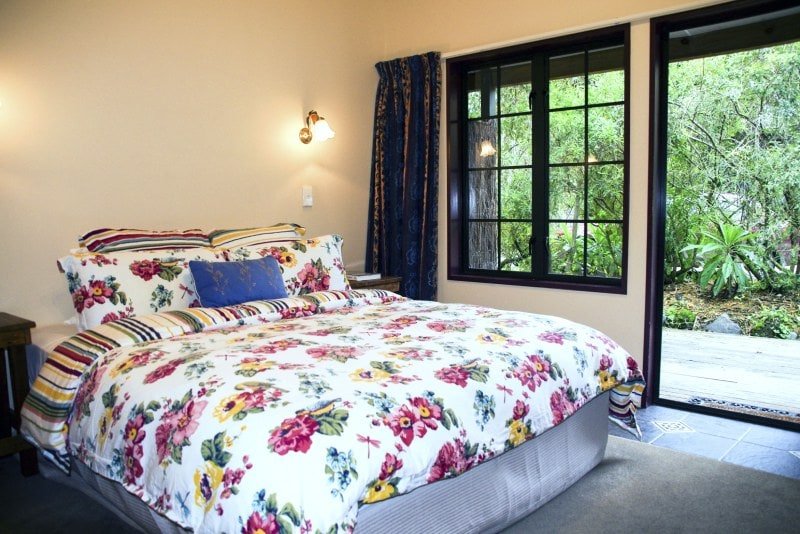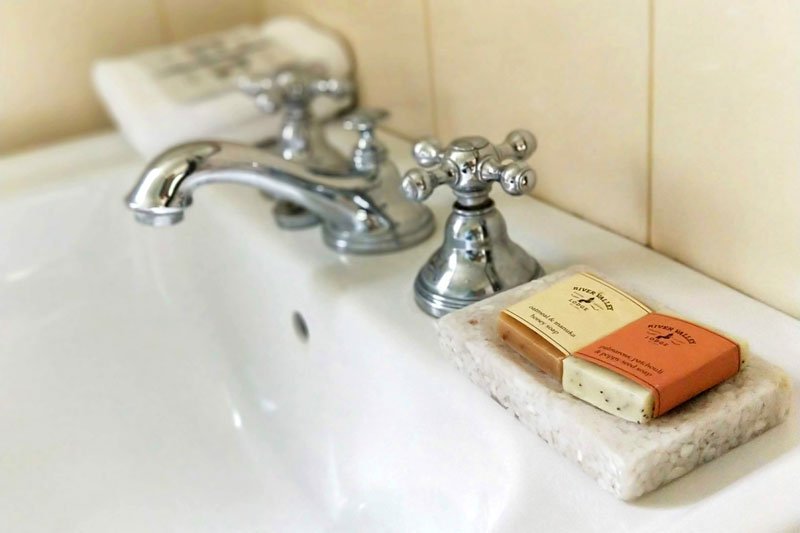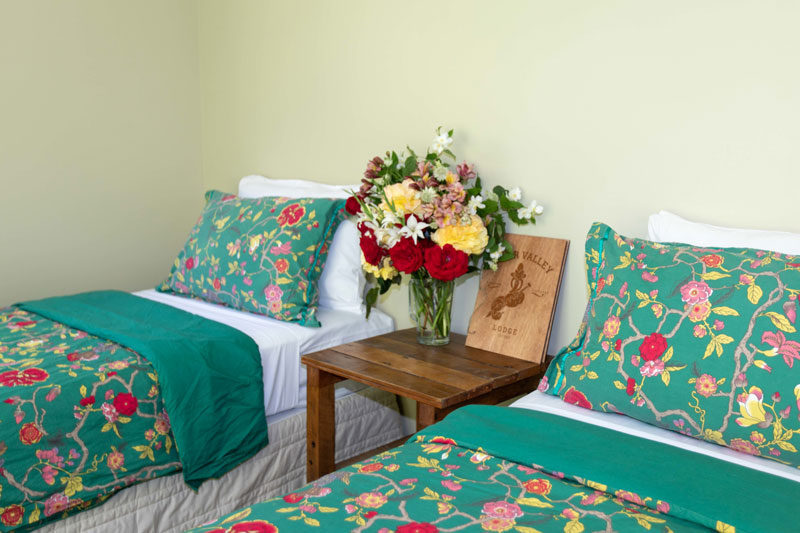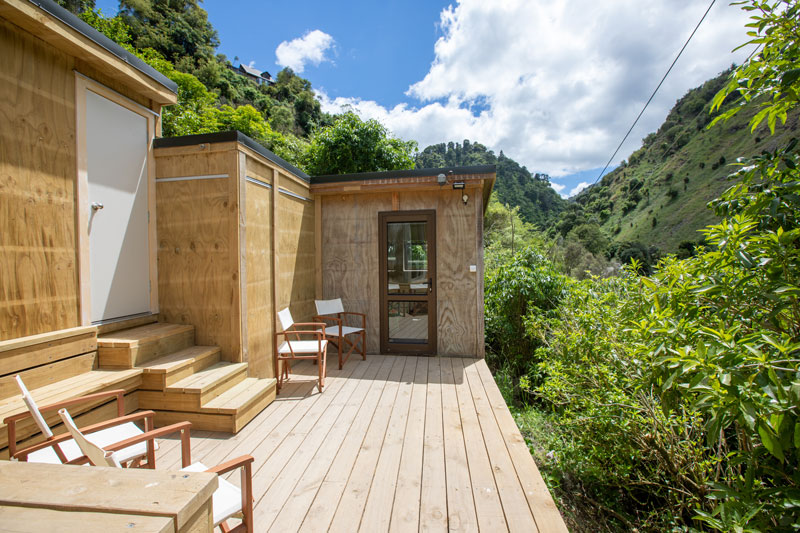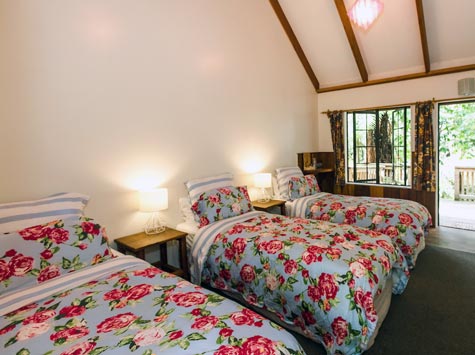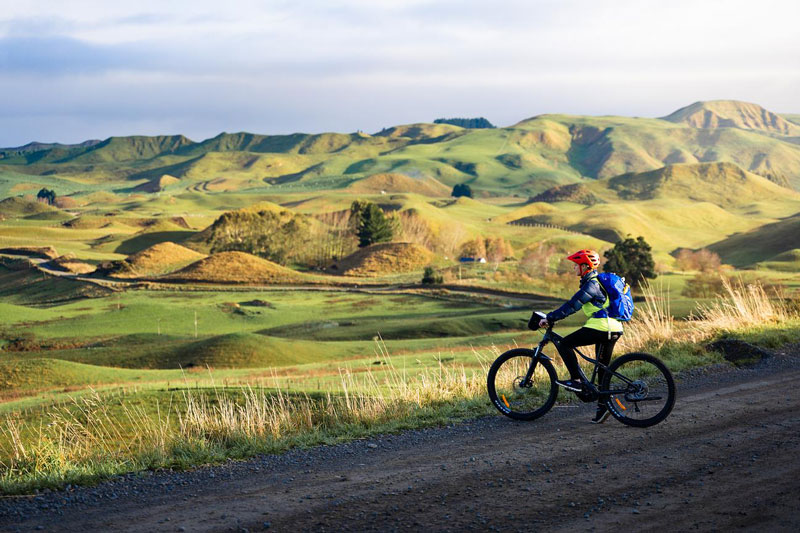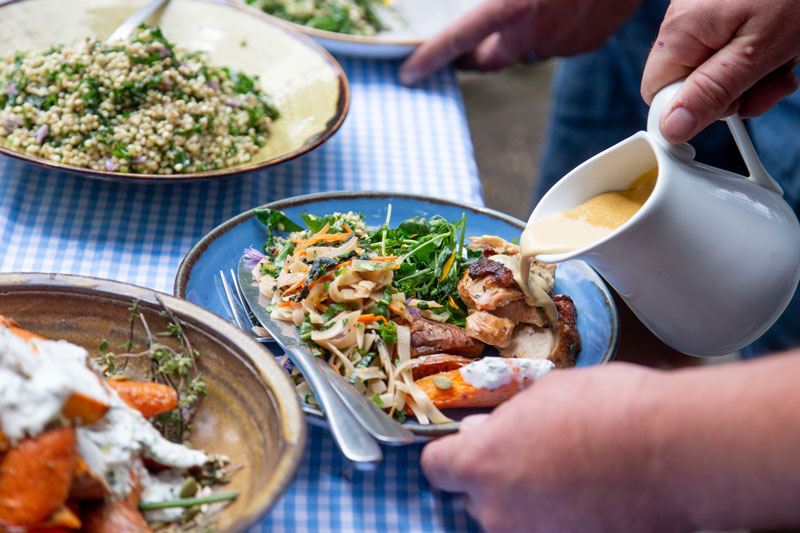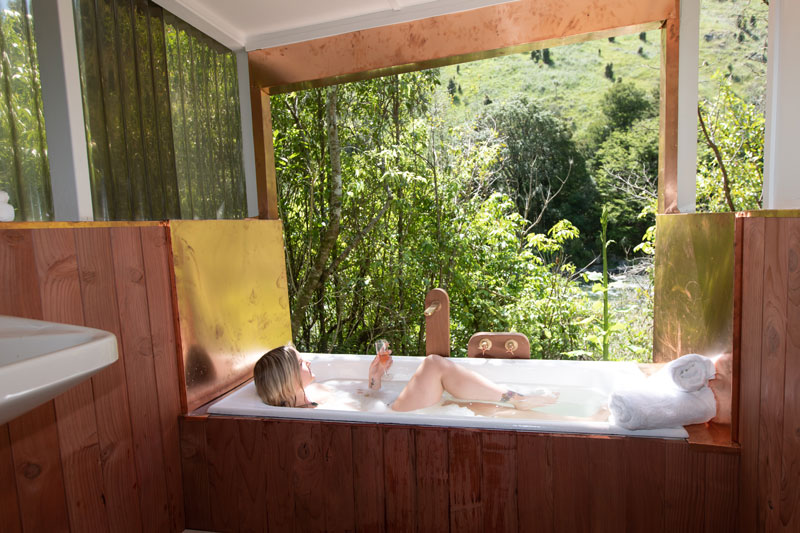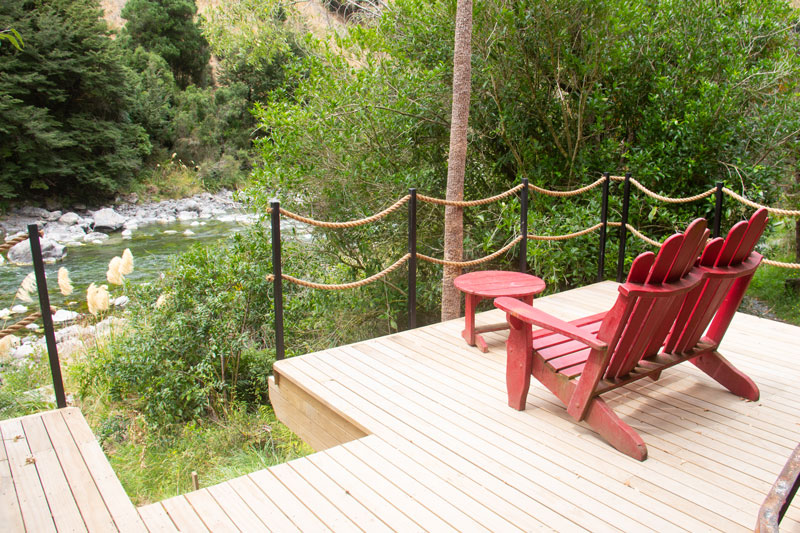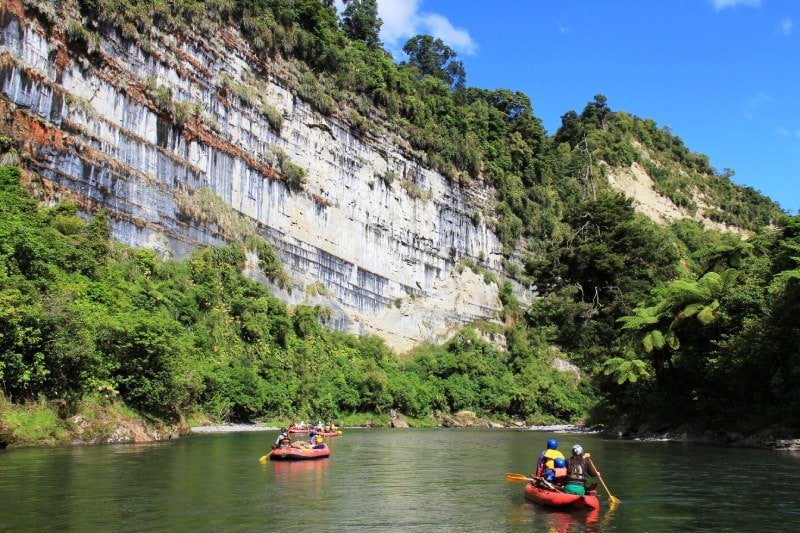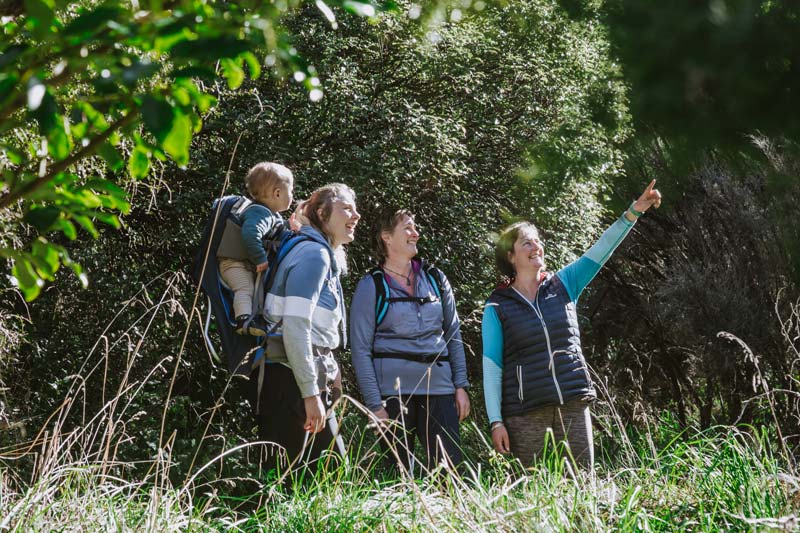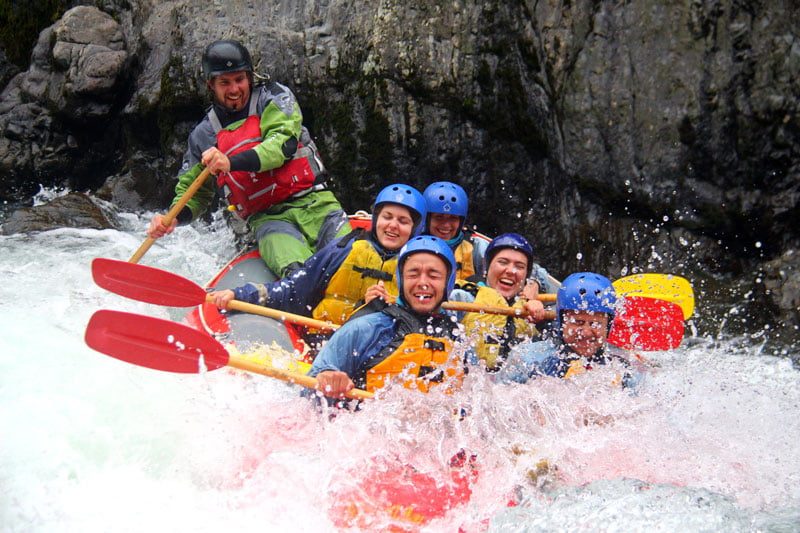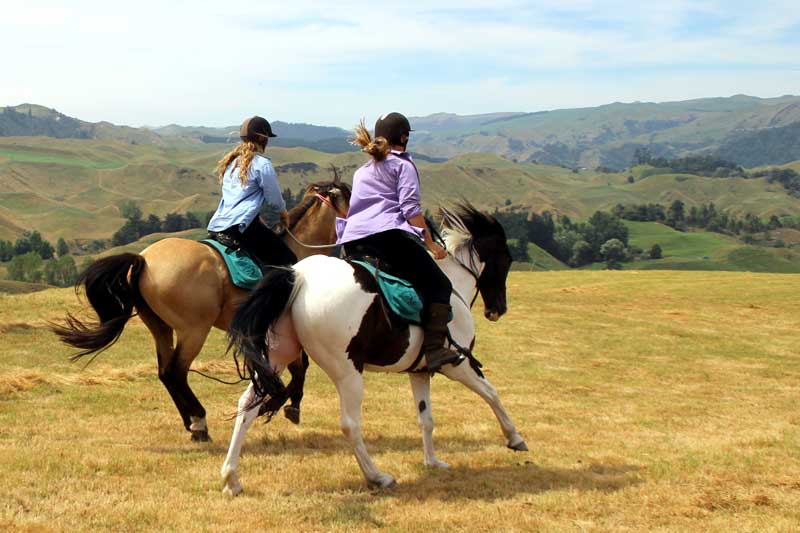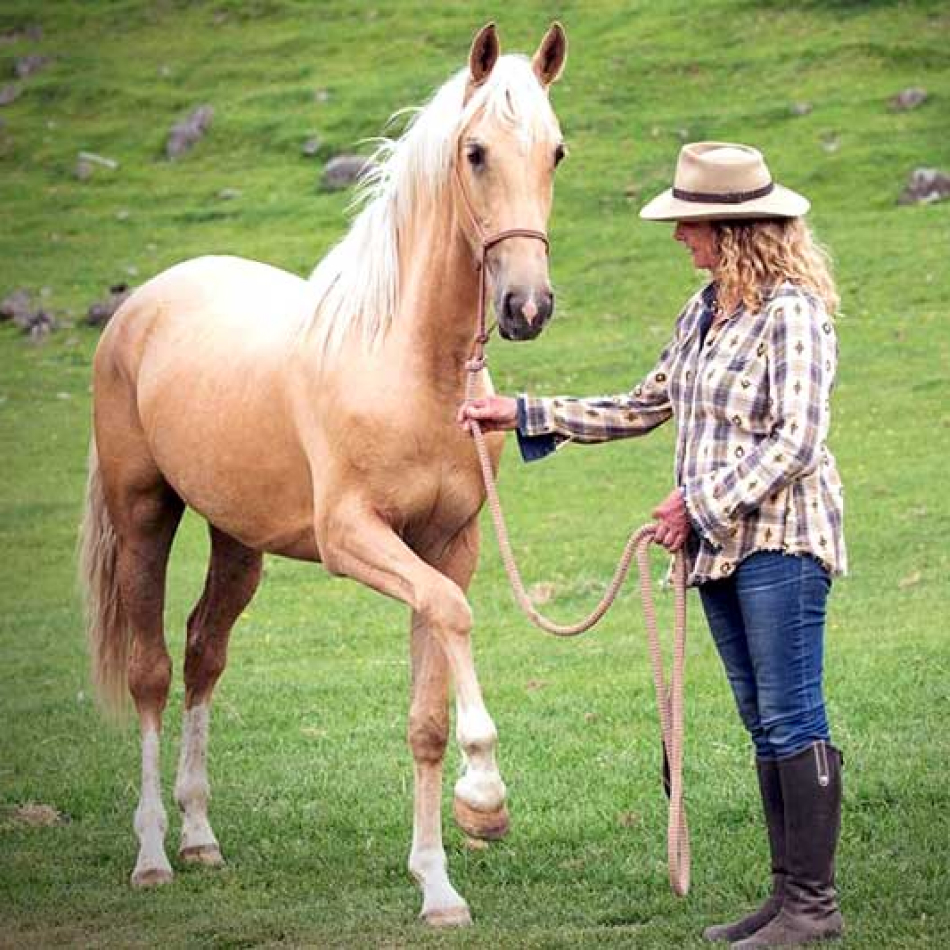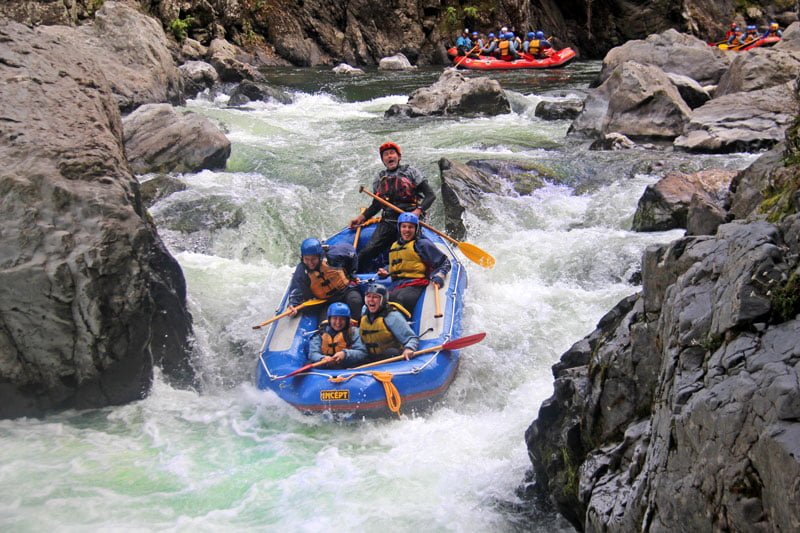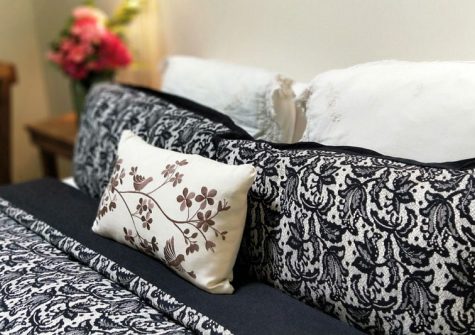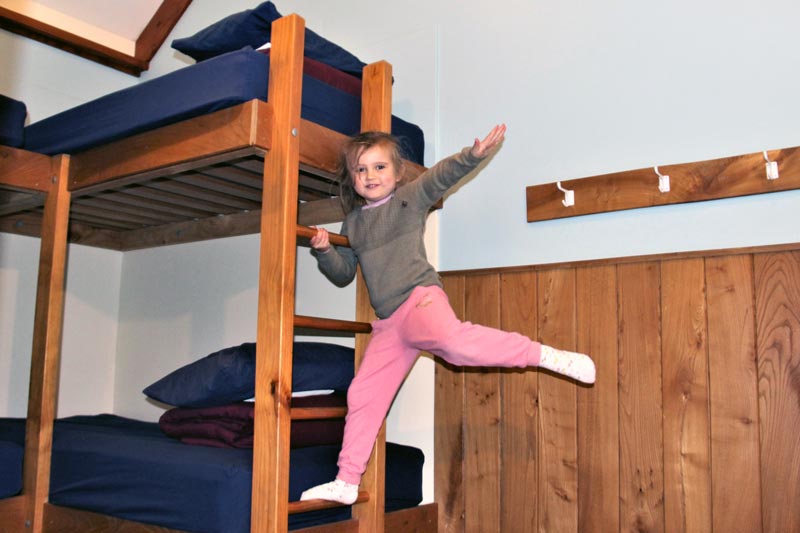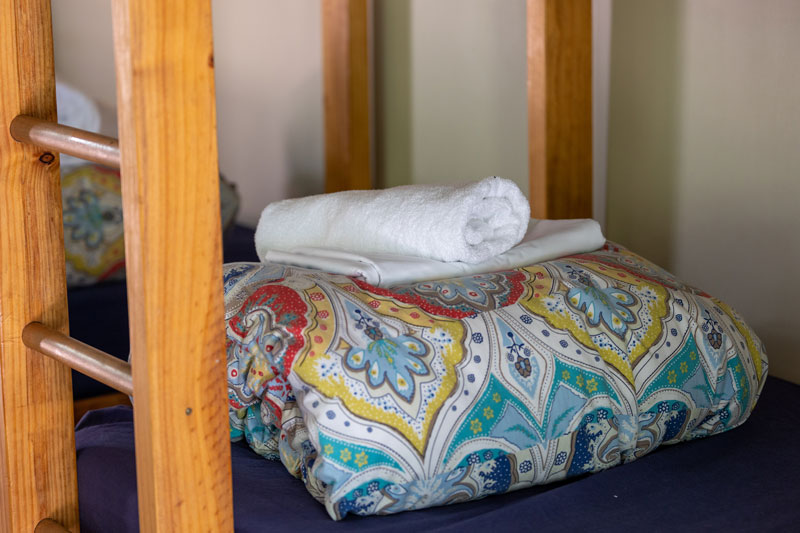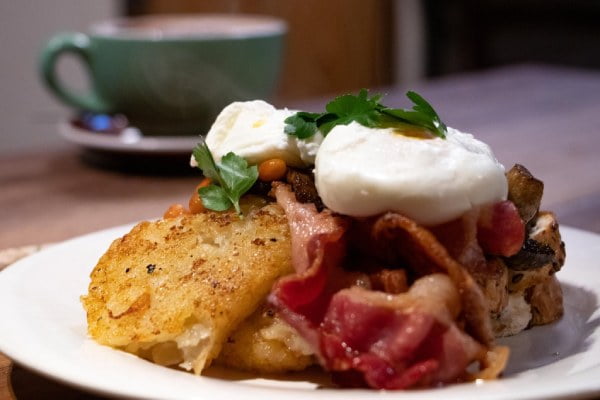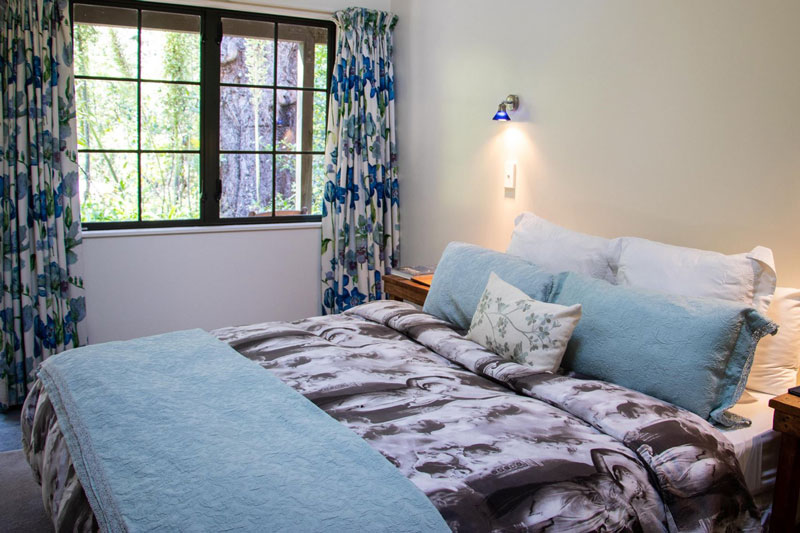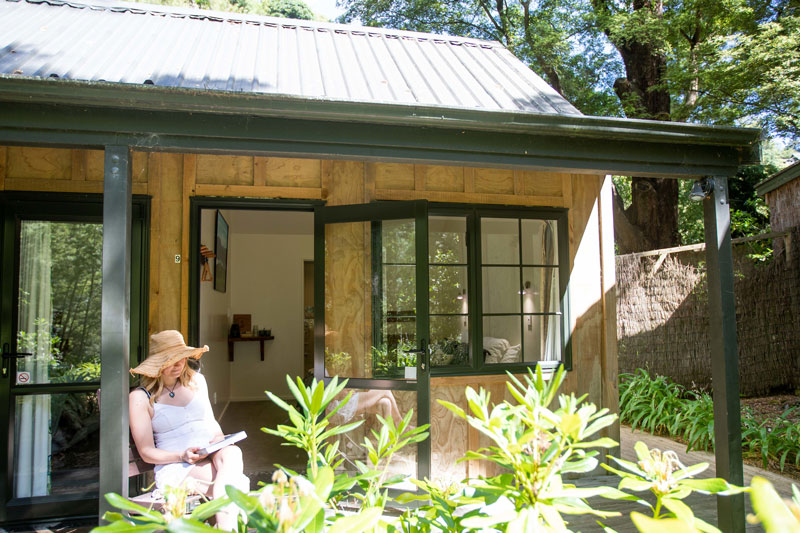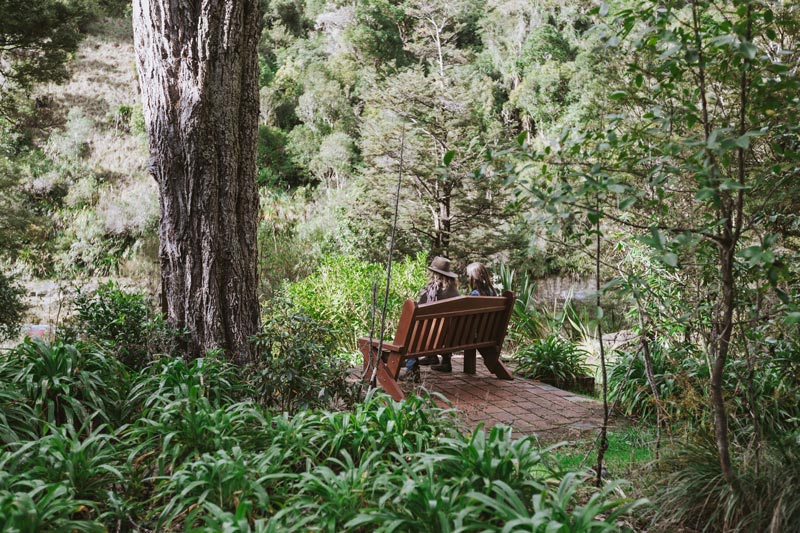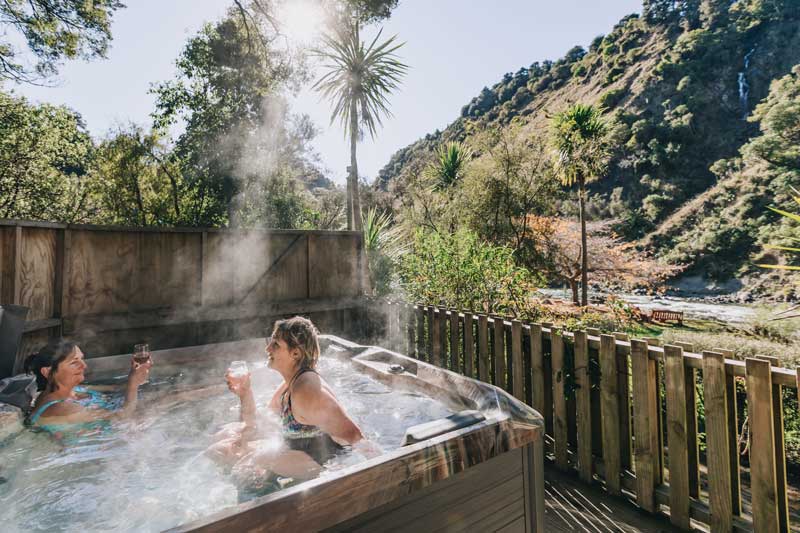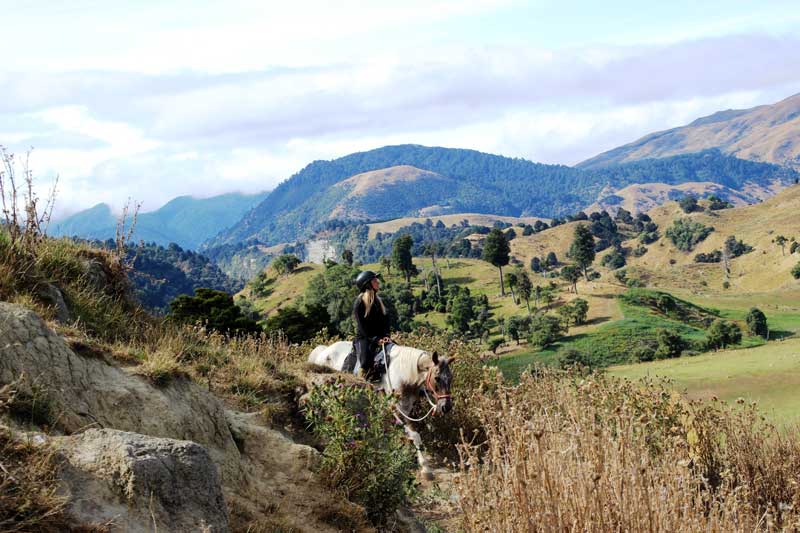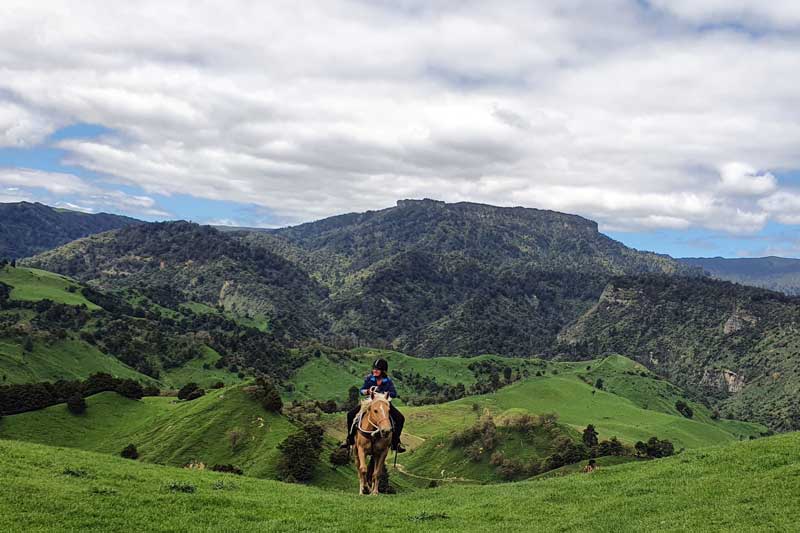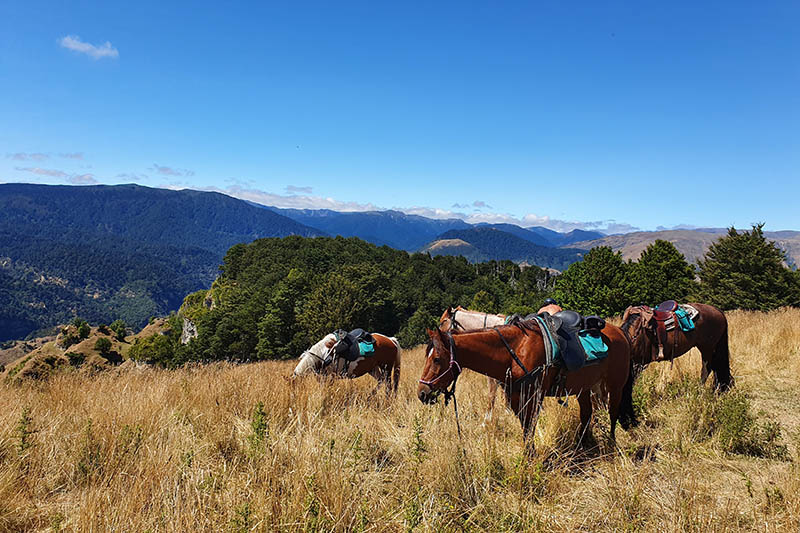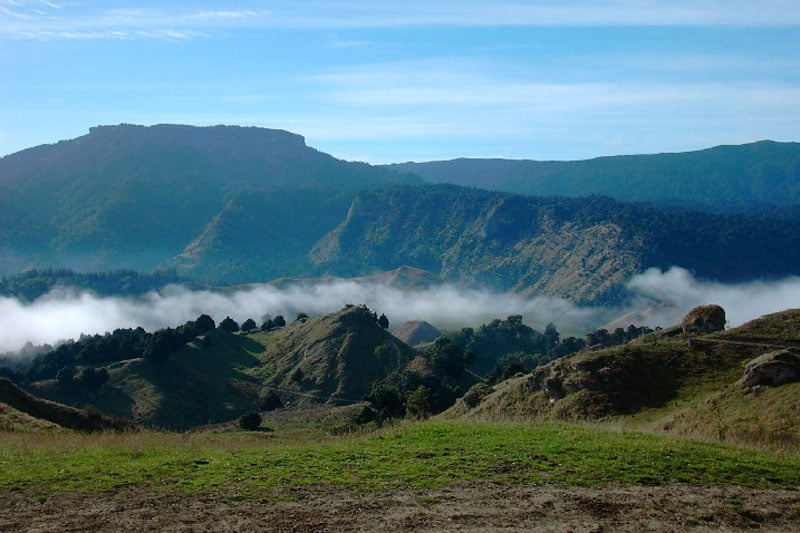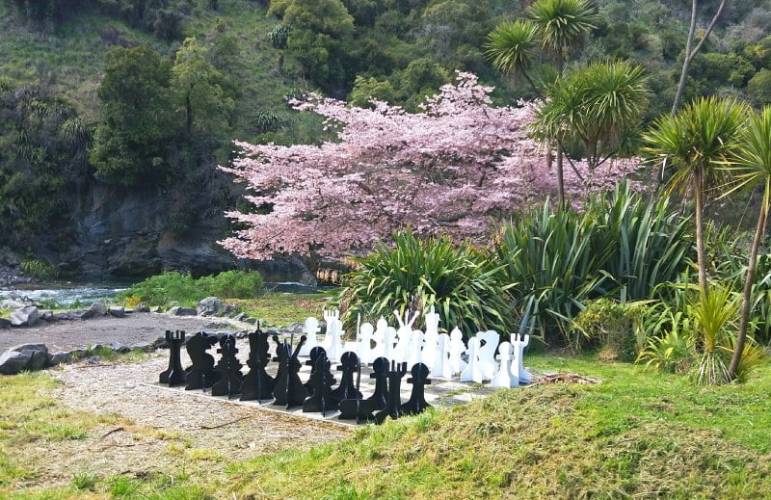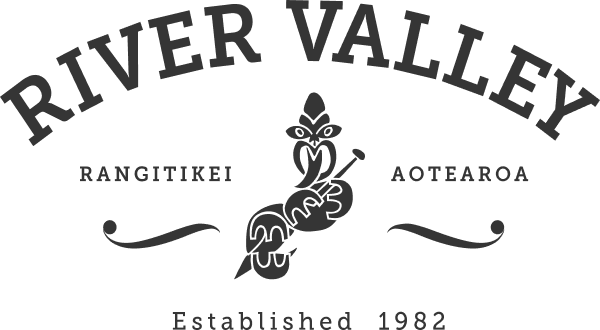The Return of What Was Missing
In one of my last posts, I recounted Cyclone Gabrielle’s effects on one of our trap lines. Roughly one-third of the traps are gone, with the Rangitikei River reaching heights not seen for decades and certainly not since most of the traps were initially installed some ten years ago.
Since the publication of that post, we have had several significant offers of help in replacing the lost parts of our network. In fact, it is quite humbling to have received these offers.
First to get in touch was Good Nature, a New Zealand based manufacturer of self setting rat and stoat traps.
These traps are automatically reset after each strike by gas from a CO2 canister. They use a long-lasting lure tailored to the target species – nut butter for rats, while a different lure with blood in it attracts both stoats and rats. We have about 20 of these traps already on a river line and around buildings and have found them effective. Not needing to be serviced as regularly as conventional kill traps means they are particularly valuable to us in places that are hard to visit on a regular basis.
You can imagine how rapt we were when Good Nature made contact and said they were sending a box of 15 refurbished A24 traps to replace our losses. All they want in return is video and photos of installing the traps along the river that can be shared on social media. We will make this happen over the next several weeks.
Concurrently with this, we reached out to the Ruahine Whio Protection Trust.
The Ruahine Whio Protection Trust was set up to raise money to assist the work of the volunteers who spend countless hours trekking through the Ruahine Ranges checking trap lines. These volunteers are drawn from the ranks of Tramping Clubs, hunters and people simply wanting to make a difference. Our conservation work at River Valley sits within these ranks.
I believe that trap losses in Cyclone Gabrielle may amount to 100 or more on these various trap lines.
However, even with the losses to the lines of other Ruahine Whio Protectors Collective members, the trust notified us that fourteen traps would be made available to us to help rebuild our damaged line. These will be the classic single box DOC200 kill traps.
Some research suggests that a variety of trap models can be more effective than a single type of trap. This mix can help eliminate trap shy animals.
We at River Valley are incredibly grateful to both Good Nature and the Ruahine Whio Protection Trust for giving us the traps and showing faith in what we are achieving.
Checking trap lines can often feel like being in a war without end. The fact that others, with their generosity, have recognised the importance of what we and so many others are doing to bring back our native bird life is heartwarming and inspiring.
But the rewards are also real. It is seeing Whio, or Blue Duck, returning to our local rivers. It is hearing the richness and volume of bird songs in the morning. It is seeing flocks of Kereru or Wood Pigeon rather than solitary birds. And one day, at the lodge, it may be hearing the screech of Kiwi at night or Kaka’s antics during the day.
Some of these things you do not know are absent until they return. When they return, you cannot help but feel so that was what has been missing.
Brian Megaw





